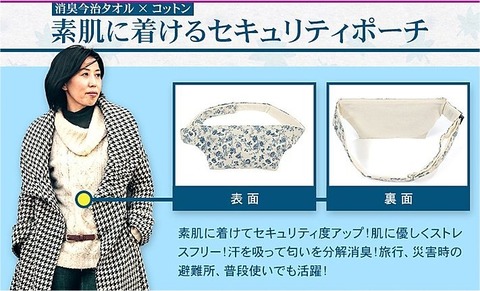(Q)まずは自分で特許の出願書類を作ってみたいと思います。
最終的に弁理士さんのお世話になるかも知れませんが・・・
【特許請求の範囲】の【請求項】で発明を特定する際の質問です。
「等」「など」と記載しても構いませんか?(以下、単に「等」)
(A)記載しないほうがベターです。以下のように考えましょう。
特許請求の範囲(請求項)の記載が不明確だと特許にはなりません。
特許の権利範囲が不明確だと第三者に不測の不利益を与えるからです。
「等」の記載は、それ自体が悪いというわけではありません。
「等」によって不明確になる場合は、特許にならない悪い書き方です。
また基本的には「等」を使わずとも、発明を特定することは可能です。
■いくつかの記載例
(例1)
【請求項1】
・・・の上面を覆う金属板やガラス等と、・・・
これは「等」の範囲が不明確ですので、NGです。
(例2)
【請求項1】
・・・の上面を覆う金属板やガラス等の硬質部材と、・・・
これは「等」が悪いというよりは、「硬質部材」が不明確です。
どのような硬さのものが含まれるのか、わからないからです。
(例3)
【請求項1】
・・・の上面を覆う金属板やガラス等の上面被覆部材と、・・・
これは、OKだと考えます。
(例1)や(例2)と不明確さは変わらないように見えます。
ただ、上面を覆う部材であることは明確です。
金属板やガラスが例示されています。
ただこれは、上面被覆部材の材質は、限定しないということです。
つまり、以下の(例4)と同じです。
(例4)
【請求項1】
・・・の上面を覆う上面被覆部材と、・・・
この(例4)でしたら、OKであると納得される方も多いと思います。
「等」を使わずとも、発明を特定することは可能なはずと述べました。
(例3)(例4)がその一例です。

■例は明細書に記載する
あなたの発明が、上記(例3)で特定できたとしましょう。
この場合、次のようにするのがよろしいかと思います。
✔特許請求の範囲の請求項には(例4)のように記載する
✔例の金属板やガラス等は、明細書に記載する
そもそも、例を記載する理由は、なんでしょうか?
発明の内容がわかりやすくなるからではありません。
将来的に、その内容に発明を限定する可能性があるからです。
いわゆる、拒絶理由通知時の補正の根拠です。
請求項に記載して、不明確と判断されるリスクを負うのもなんですね。
明細書のほうに記載しておくのがよろしいかと思います。
とはいえ、請求項にあまりに抽象的な記載をするのはよくありません。
例えば、こういう記載はあまりよくないと思います。
✔請求項に「第一手段」のような「何とでも解釈できる」ような内容
✔明細書で「第一手段は・・・でもよい」などと「後付け」で定義
このような記載は、
✔審査官が苦労するだけでなく、
✔結局、出願人(権利者)自身が最も困ることになります
何とでも解釈できる記載は、結局、何にも解釈できないのと同じです。
つまり、何も記載されていないと同じとも言えます。
そうなるリスクが大きいからです(この点は、別の記事で)。
■特許事務所へのご依頼もご検討ください
いかがでしたでしょうか。
上記(例1)~(例4)は必ずしも最適な例ではありません。
発明の内容や技術分野によっては、判断が変わる場合もあるでしょう。
詳細は、特許事務所(弁理士)にご相談ください。
なお、特許事務所に依頼時には、あなたのアイデアを伝えますね。
その際には、本記事のようなことを意識する必要はありません。
ご参考まで。
<元記事>
【Q&A】特許請求の範囲(請求項)に「等」「など」と記載しても大丈夫ですか?(2016年11月07日執筆)
<関連記事>当ブログのリライトについて
特許の過去記事をリライトします&YouTubeも【1文1行ブログ】
<お知らせ>この続きに本文の<機械翻訳>があります。
本記事がいいなと感じたら「シェア」や「いいね!」をお願いします!
「シェア」「Tweet」「いいね!」ボタンは一番下にあります。
スマホの方は、青字に白の「鳥」や「f」ボタンを押してください!
当ブログのサイトマップはこちら!
********************************
【PR】個人様・社長様に特化&元特許審査官が運営する特許事務所!
「おすすめの特許事務所」「おすすめの弁理士」を目指します!
そんな東雲特許事務所(しののめ特許事務所)へのお問い合わせは、
お気軽にこちらからどうぞ!
https://www.patande.com/お問い合わせ/
(↑お問い合わせフォームが開くだけですのでご安心ください。)
********************************
東雲特許事務所(しののめ特許事務所)
弁理士 田村誠治(元特許庁審査官)
【東京都港区新橋】【東京都中央区八丁堀】【東京都北区田端】
【稀有な経歴】特許技術者→特許庁審査官→特許事務所運営
【楽しいホームページ】
個人発明家・小規模事業者専門の東雲(しののめ)特許事務所
https://www.patande.com/
【特許ドットコム】
個人・小規模事業者のための特許出願
https://tokkkyo.com/
【実案ドットコム】
個人・小規模事業専門&元特許審査官による実用新案申請代理
https://www.jitsuan.com/
【商標ドットコム】
信頼・明確・安心の商標登録申請代理<商標ドットコム>
https://www.shohyou.com/
【ここだけの情報満載のブログ】
個人発明家向け特許・発明教室~目指せ一攫千金!~
https://www.tokkyoblog.com/
【本音モードのブログ】
弁理士のプライベートブログ~弁理士の視点&審査官の視点~
https://ameblo.jp/s-tam1104/
【Facebook】
Facebookページで、より密な情報交換の場をご提供します。
https://www.facebook.com/shinonomepat
【note】
noteはじめました!ブログとYouTubeを同時に楽しめます。
https://note.com/tokkyoblog
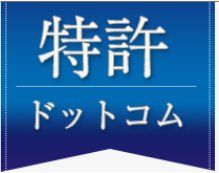
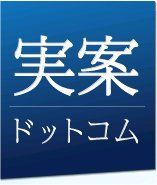



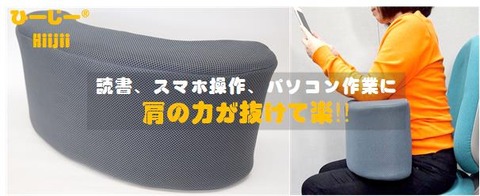
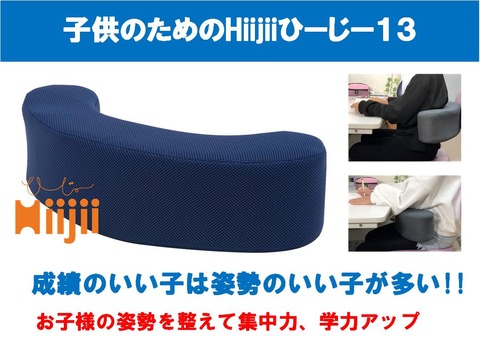

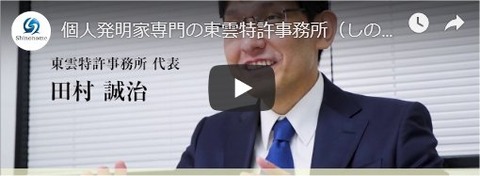
https://youtu.be/sJgjSOk72i4
音は出ませんのでぜひご覧ください
<機械翻訳>
Is it okay to write "etc." in the scope of patent claims? [Rewritten version]
(Q) First, I would like to create a patent application document by myself.
I may end up consulting a patent attorney, but...
This is a question about identifying an invention in the [claim] of the [scope of patent claims].
Is it okay to write "etc."? (Hereafter, simply "etc.")
(A) It is better not to write it. Think of it like this.
If the description of the scope of patent claims is unclear, it will not be patented.
If the scope of patent rights is unclear, it will cause unforeseen disadvantages to third parties.
Writing "etc." is not bad in itself.
If it becomes unclear because of "etc.", it is a bad way of writing that will not result in a patent.
In addition, it is basically possible to identify an invention without using "etc.".
■Some examples of descriptions
(Example 1)
[Claim 1]
A metal plate or glass, etc. covering the top surface of ..., and ...
This is NG because the scope of "etc." is unclear.
(Example 2)
[Claim 1]
A hard material such as a metal plate or glass that covers the top surface of ...
In this case, it's not that "etc." is bad, but rather that "hard material" is unclear.
This is because it is unclear what kind of hardness is included.
(Example 3)
[Claim 1]
A top covering material such as a metal plate or glass that covers the top surface of ...
I think this is OK.
It seems to be just as unclear as (Example 1) and (Example 2).
However, it is clear that it is a material that covers the top surface.
Metal plate and glass are given as examples.
However, this means that the material of the top covering material is not limited.
In other words, it is the same as (Example 4) below.
(Example 4)
[Claim 1]
A top covering material that covers the top surface of ...
I think many people will agree that this (Example 4) is OK.
I said that it should be possible to specify an invention without using "etc."
(Example 3) and (Example 4) are examples of this.
■ Examples should be included in the specification
Let's say your invention is identified as above (Example 3).
In this case, I think it would be best to do the following.
✔ In the claims, write as in (Example 4).
✔ Examples of metal plates and glass should be included in the specification.
What is the reason for including examples in the first place?
It's not because it makes the content of the invention easier to understand.
It's because there is a possibility that the invention will be limited to that content in the future.
It's the basis for amendments when a notice of reasons for refusal is issued.
By including it in the claims, you run the risk of it being deemed unclear.
I think it's better to include it in the specification.
However, it's not good to include too abstract descriptions in the claims.
For example, I don't think descriptions like this are very good.
✔Contents in the claims that can be interpreted in any way, such as "first means"
✔Definitions in the specification that "the first means can be ..." or similar are "postscripted"
Statements like this
✔Not only do examiners have a hard time,
✔In the end, the applicant (rights holder) himself is the most troublesome
Statements that can be interpreted in any way are ultimately the same as not being interpreted at all.
In other words, it can be said that they are the same as not having anything written.
This is because there is a high risk of this happening (I will discuss this in another article).
■Please consider asking a patent office
What did you think?
The above (Example 1) to (Example 4) are not necessarily the best examples.
The decision may change depending on the content of the invention and the technical field.
For details, please consult a patent office (patent attorney).
When you request a patent office, we will tell you your idea.
At that time, you do not need to be aware of the things mentioned in this article.
For your reference.




